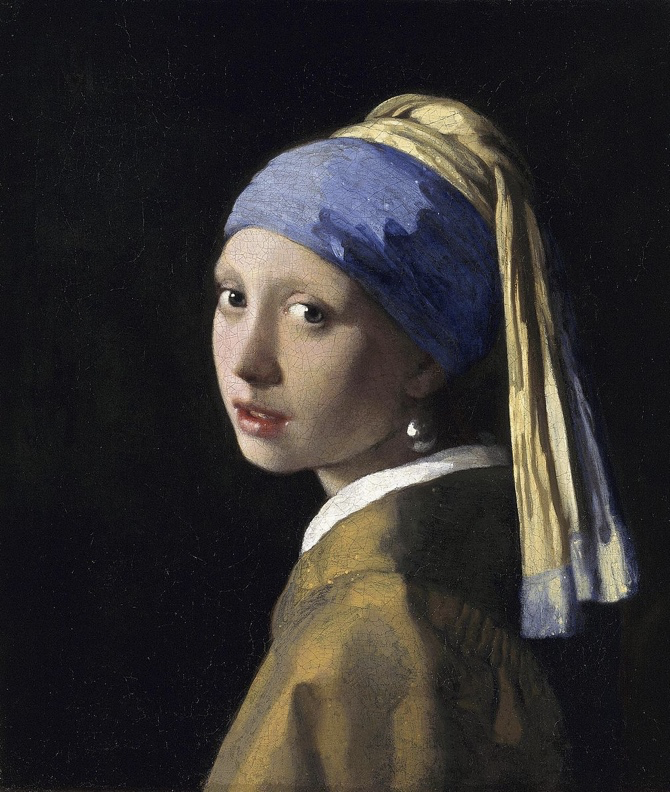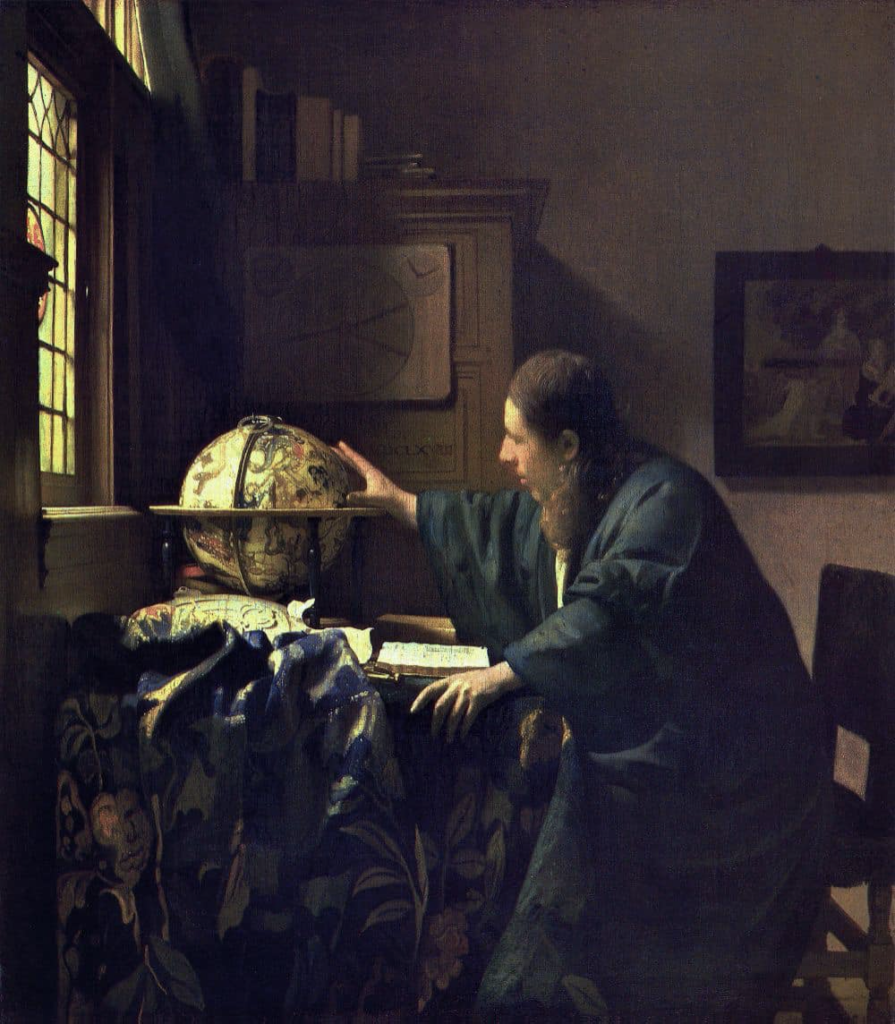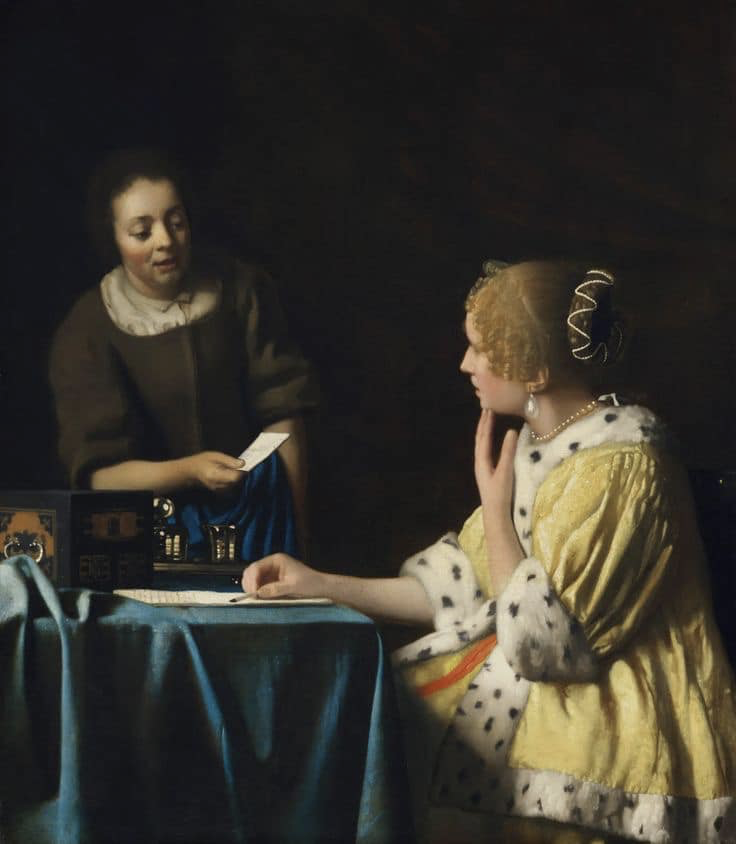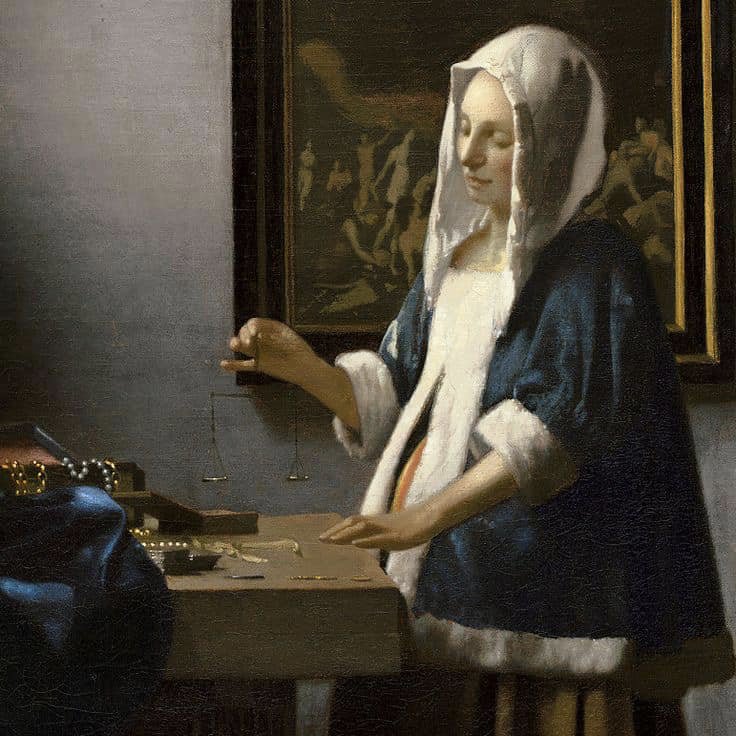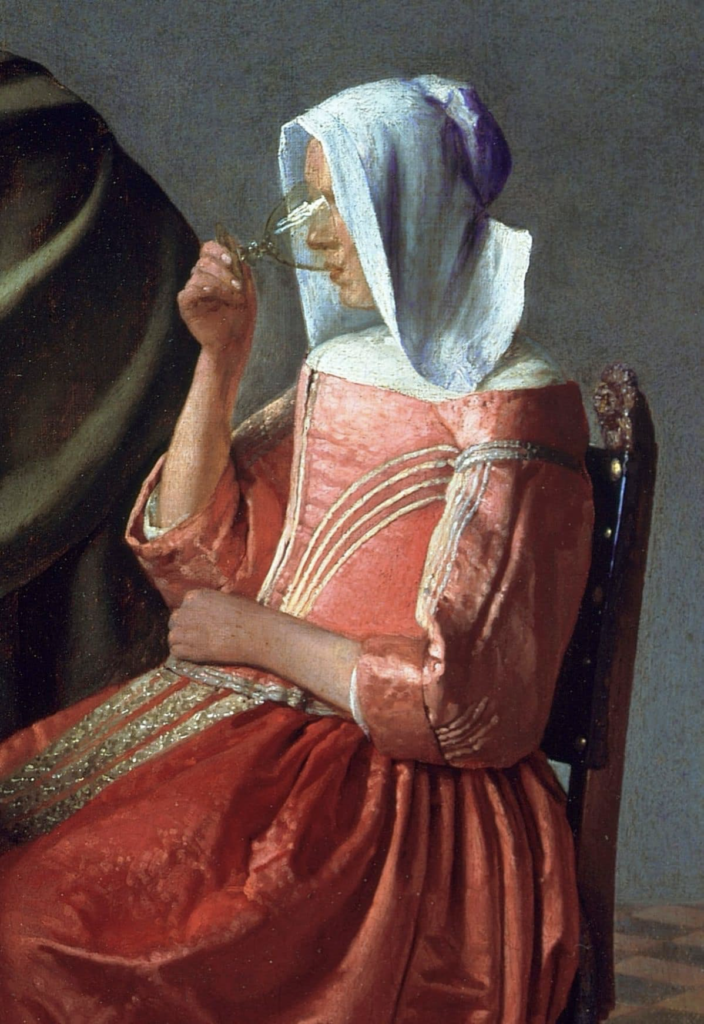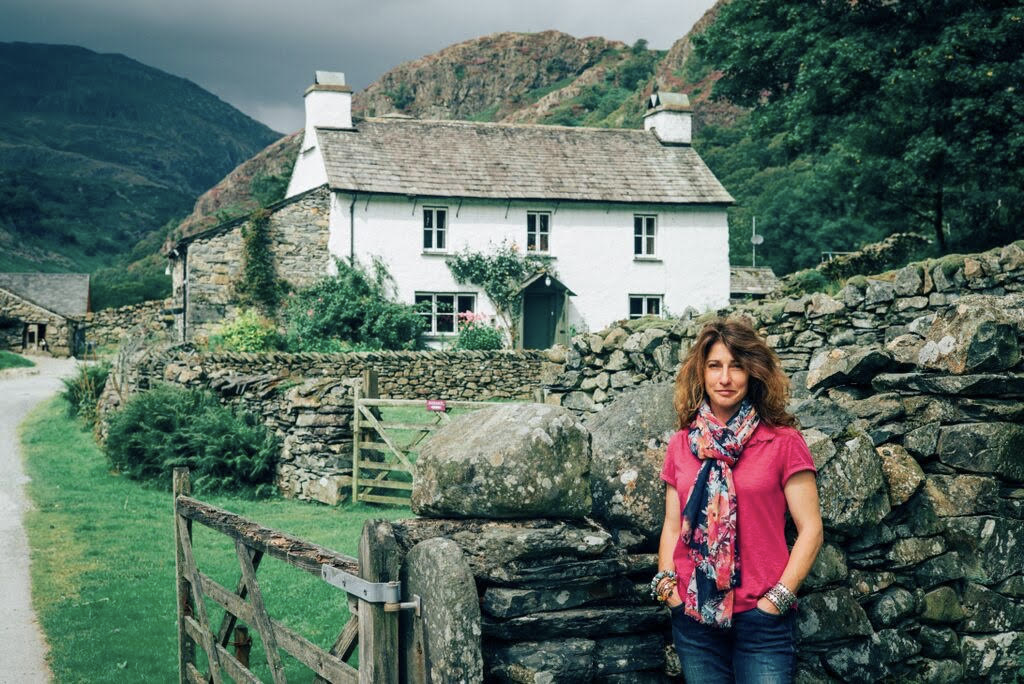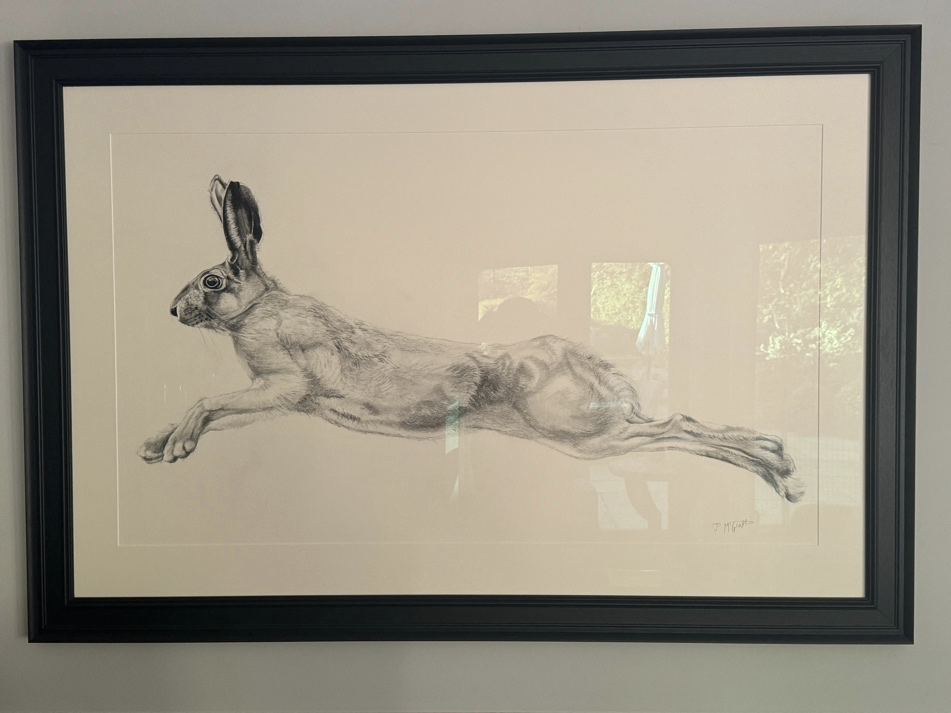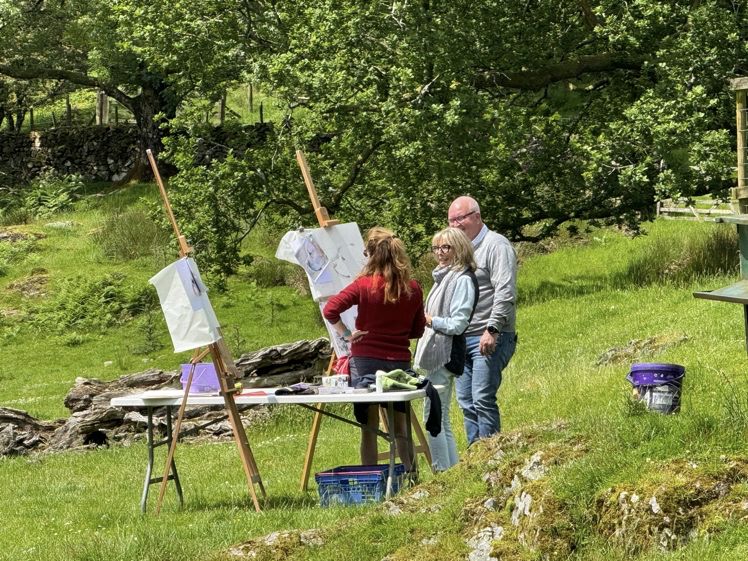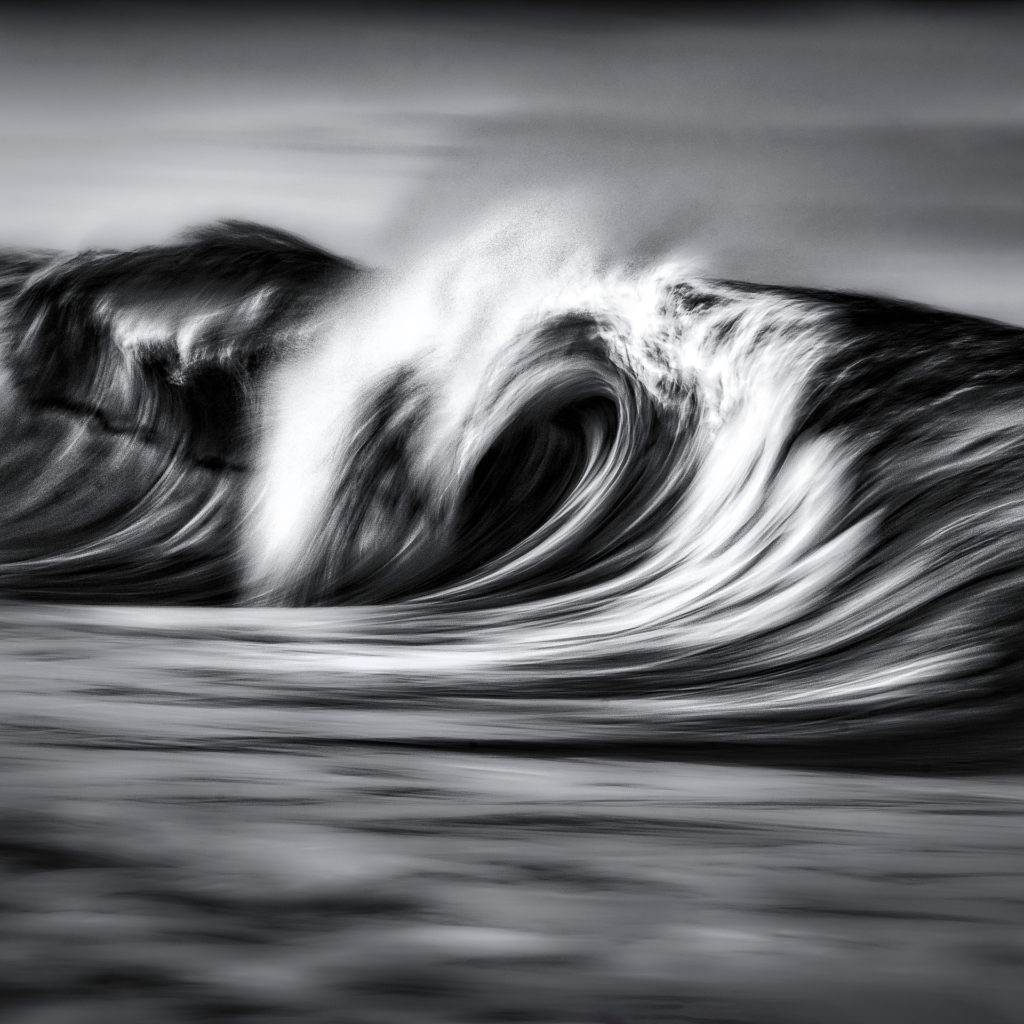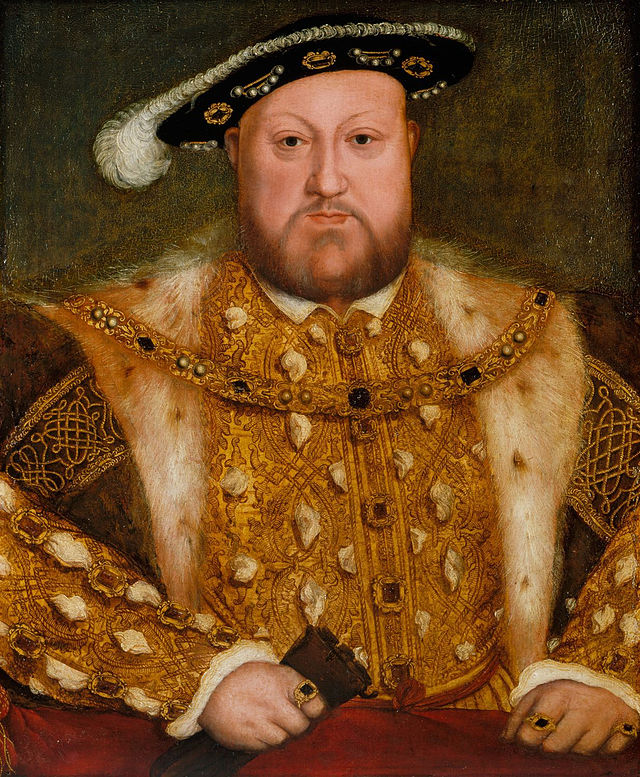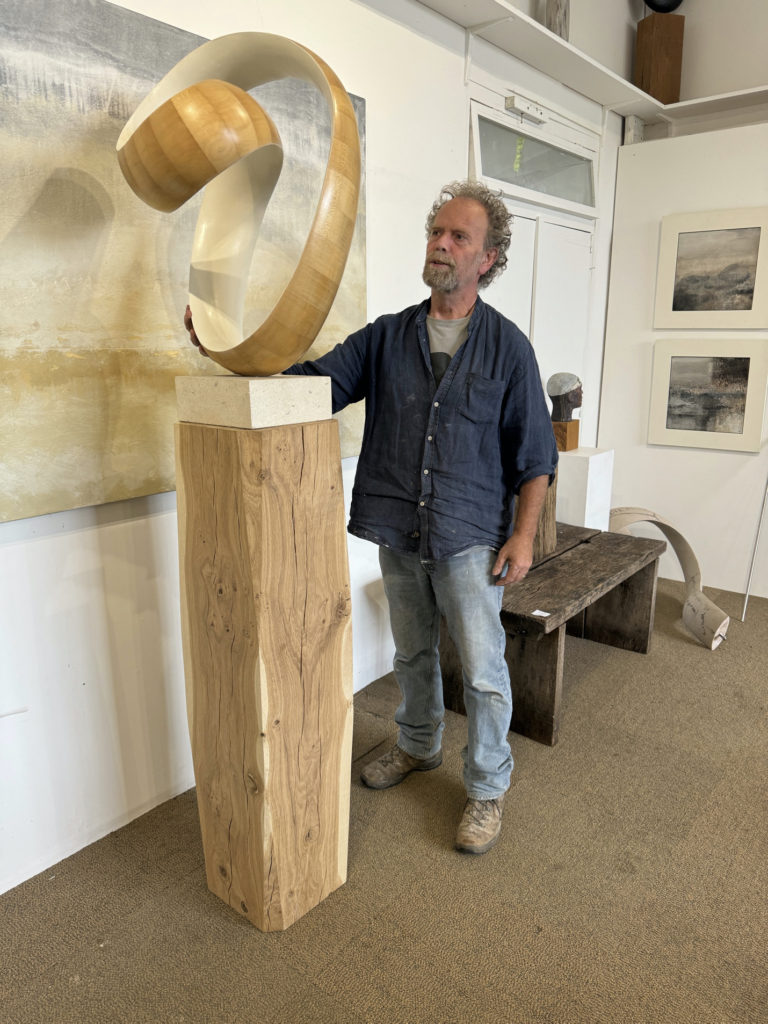
Most of us, at one time or another, have dreamt of completely changing our lives, tossing out everything, starting again and following a personal passion. Few of us ever do that. The prospect is too frightening, and so for most of us, it remains a dream. For Richard Fox, it became a reality.
Richard makes a living as a sculptor and artist. Selling work through interior designers and galleries that exhibit at shows such as the British Art Fair and London Art Fair. His work sells to both private and corporate clients and has been shipped to many parts of the world. But unlike many artists, he came to the craft late in life – a move which required passion and energy on his part.
Richard originally worked in forestry, landscaping and agriculture. He then spent many years working at a sawmill where he helped develop a workshop, employing seven people, making timber products from gates to summer houses to oak-framed garages. A major part of Richard’s work was working alongside customers designing and realizing their ideas.
“That’s how I made my living,” he says.
Then something happened that would completely change his life: a visit to the Barbara Hepworth Museum in St. Ives. “There was one particular sculpture there… named Pierced Form (Epidauros) 1960………it had a real emotional effect on me….and I think renewed my imagination and a passion. I realised I needed to change my approach to life and work and it would hopefully be through making sculpture and painting … that might create a focal point for people to meditate and ponder on…..and even have the same effect as Hepworth’s sculpture had on me.”
It took Richard nearly two years to develop his sculpture. During that time he carried on the design work to pay his way and helped train someone to take over his job. Gradually spending more hours working on the sculpture until finally taking the plunge, leaving the sawmill, and working full time on sculpture and painting.
“It was a lot of work for those two years, but, I was lucky in that after being asked to exhibit at Art in Action, Waterperry my work was seen by a gallery Jenna Burlingham Fine Art and they asked me to exhibit with them. My work sold really well and in time started to work in bronze and marble as well as wood. This has led on to being asked to exhibit with other galleries and has meant I have managed to make a living.”
Richard attended Burford School and has lived with his wife in Milton under Wychwood for the last seven years.
Richard has three children with his first partner as well as helping to bring up her two children, he also has four grandchildren.
His wife, now, Jennifer Newman is a full-time artist. Richard says “ I think my wife and I work well together, an understanding of what goes into creating and selling artwork and supporting each other in all that involves.”
Richard realized early on that life as an artist can involve working by yourself a lot and this is one of the reasons he and his wife found and rented a suitable studio space, not just for them, but developed it as a space for other artists to work and to have shared space to show and create an artists community. It is called Wicote Arts in Wilcote Riding near Finstock. It has been running for 9 years. At the moment 18 artists use the space and recently they have started a program for artists in residence.
Richard now in his late fifties has started to make his days physically a little easier by working on sculpture in the mornings and then painting in the afternoon and over the last eighteen months has taken up ceramics which he does in a studio he built in his garden.
You can learn more about Richard Fox’s work at his website – http://www.richardfox-sculpture.com
To learn more about Wilcote Arts, and to see the work that the members of the cooperative produce, check out their website at: https://wilcoteart.wordpress.com
